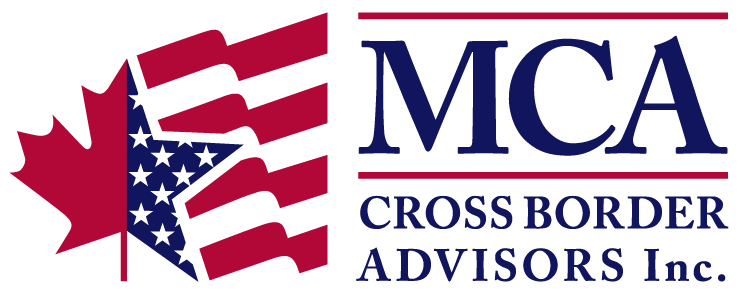Two Changes to the Required Minimum Distribution Rules
There’s nothing boring about the way this new decade began. Every other day, it seems as if the top US indices are breaking new records; there was an impeachment trial; and, for once, the New England Patriots were not in the Super Bowl.
Also, January 1, 2020 marked the commencement of the Setting Every Community Up for Retirement Enhancement Act of 2019, or the SECURE Act. As the name suggests, this act refreshes US retirement rules. Soon-to-be retirees with tax-deferred retirement plans have been thrown a curveball that demands an attentive review of their tax and estate planning.
With the new changes now in effect, what could have been great planning in 2019 and prior may now be out-dated. Although the act will have a variety of implications, the focus within this blog is to review the changes and implications of the new Required Minimum Distribution (RMD) rules.
To serve as a quick reminder of what RMDs are all about, let us offer a high-level overview with a simplified description. If you are already familiar with the rules that govern Canadian RRIFs, RMDs are the twin American version with slightly different rules.
Say you’ve contributed to a 401K or an IRA, which are designed to benefit from capital growth on a tax-deferred basis. Eventually, the government will collect its taxes when you decide to access your plan(s) to fund your retirement. RMDs are part of a framework of rules that was established to set a minimum standard regarding when an individual would need to start withdrawing and how much an individual must withdraw.
Please note that plans already in distribution or for individuals who turned age 70.5 by December 31st 2019 and older, the old rules still apply; however, since January 1, 2020, two important changes have been implemented.
First, the obligated withdrawal start age has moved from age 70.5 to 72. The implications of this added flexibility will be minor. This change also has two sides to it. On one hand, you have an extra year or two, depending on when you were born, to perhaps continue to defer tax. On the other hand, the life expectancy table on which the withdrawal percentages are based has not been adjusted; this factor will cause retirees to have higher RMDs, which could translate into higher taxes and Medicare premiums.
Second, many new beneficiaries inheriting an IRA or 401(k) will be required to liquidate the balance of their plans over a 10-year period rather than over the prescribed life expectancy schedule. This implication significantly curtails the possibility to stretch out those distributions over a period long enough to reduce the tax impact on the incoming extra layer of income. With a limitation of 10 years, inheriting a large defined contribution plan on top of a good salary could create a major estate shrinkage for the recipient.
Thankfully, there are conditions allowing a beneficiary to become an “eligible designated beneficiary;” a surviving spouse, a minor, a chronically ill individual, a disabled individual, or an heir who is within 10 years younger than the decedent all qualify for this designation. From a cross-border perspective, non-US person beneficiaries will continue to have the same options available to them that are offered to US persons.
Incidentally, for retirees with qualified plans and an interest to see value flow through tax-efficiently, a careful review is in order. Depending on your fact pattern, one of several planning ideas could be a better fit for your situation. If you are an American living in Canada with a qualified plan or a non-US beneficiary who has received or expects to receive a qualified plan, we strongly suggest you consult with a cross-border financial planner.

